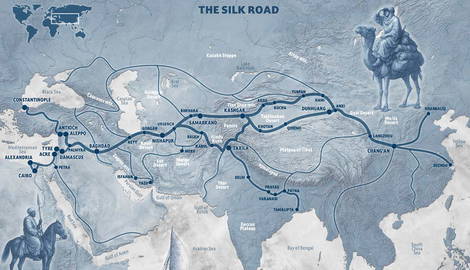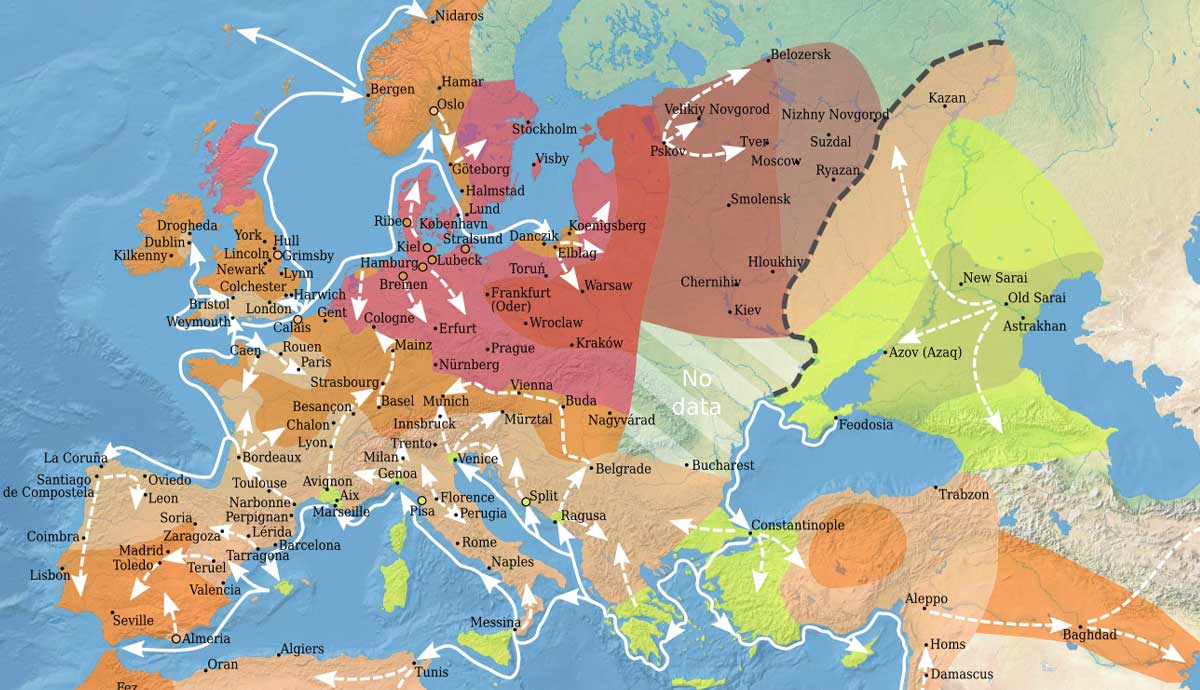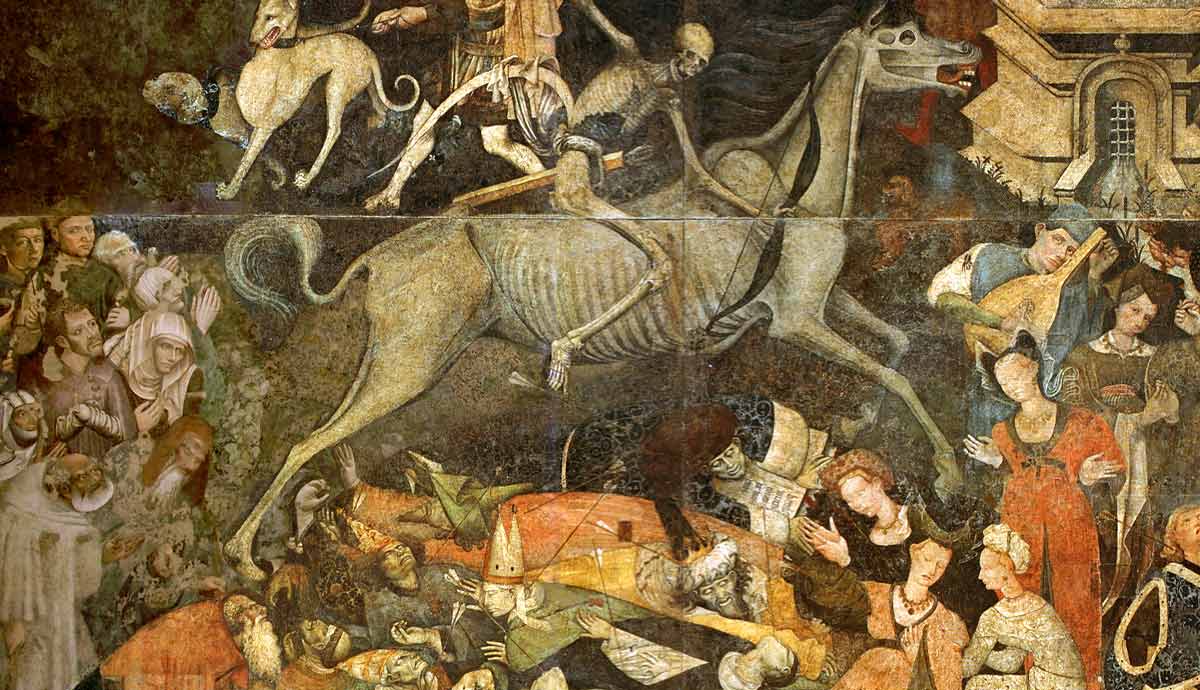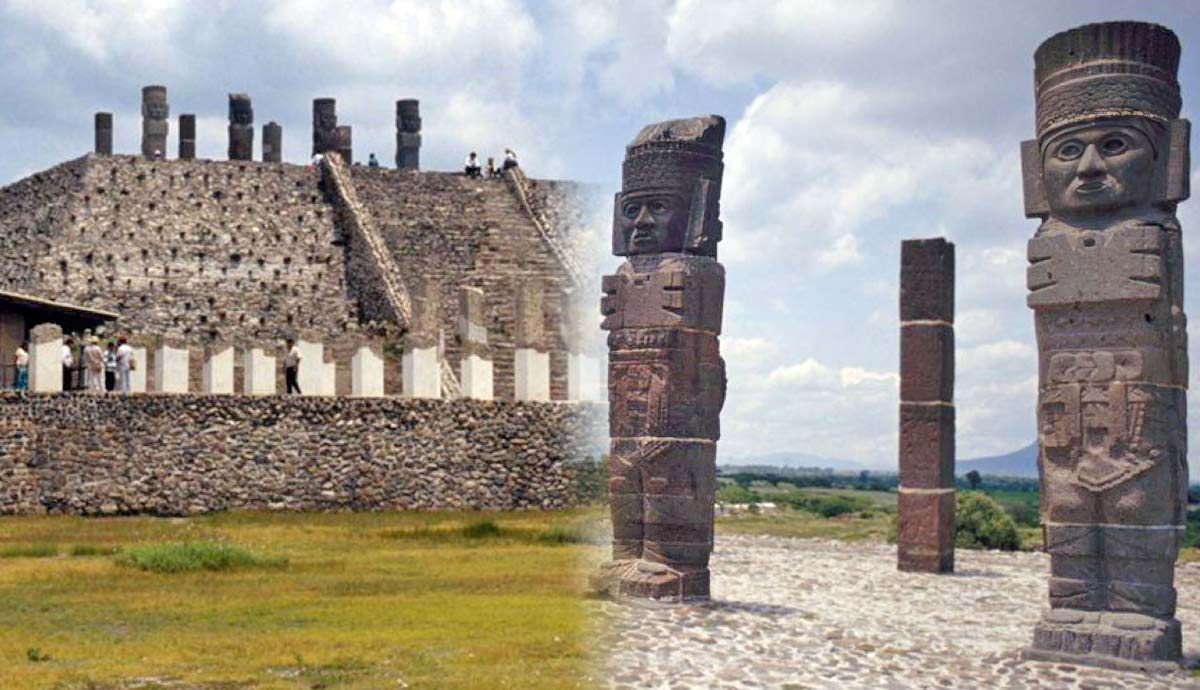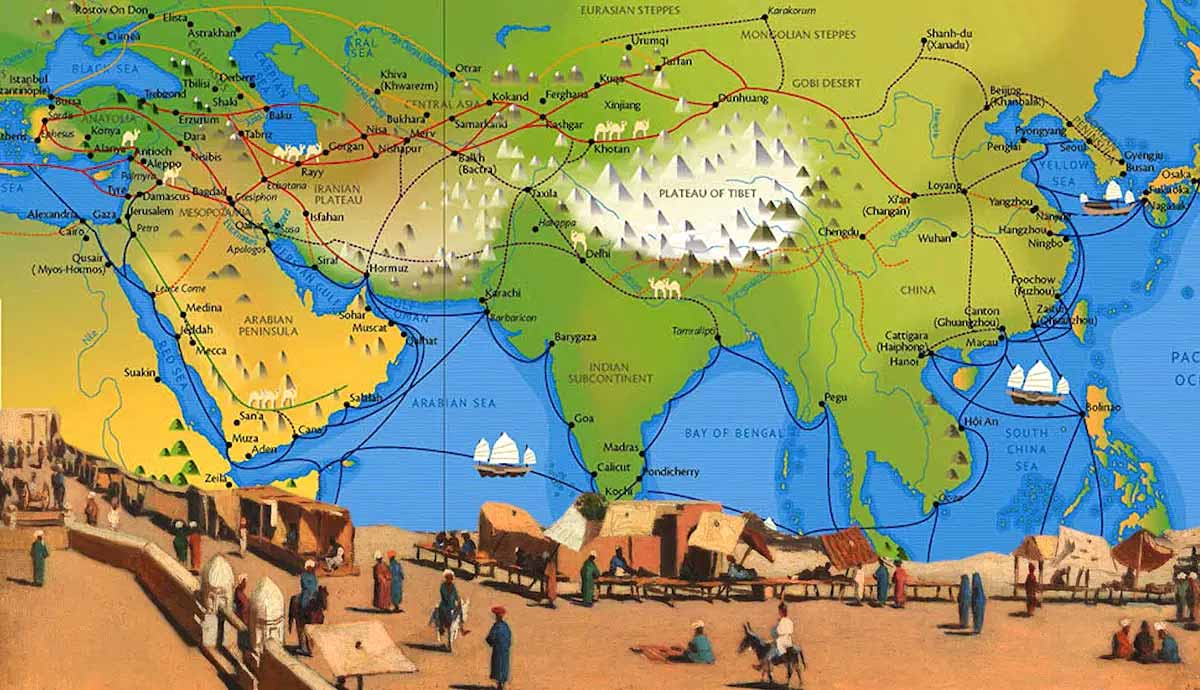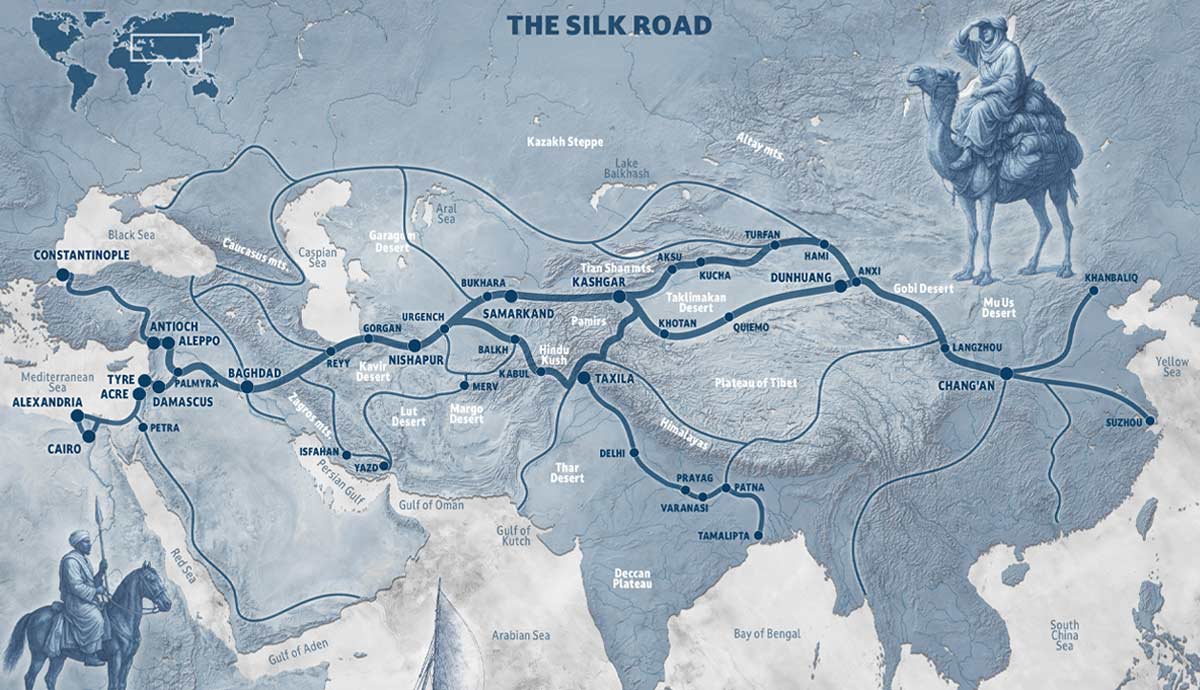
They may be largely unknown in the modern world but in their time the Sogdians were exceptionally influential. The Sogdians were an Iranian-speaking people who originated from Central Asia (modern-day Tajikistan and Uzbekistan) and were at the center of the Silk Road trade. Their rich, vibrant culture which abounded in Sogdian towns along trade routes is largely forgotten today. However, their contribution to cultural exchanges and trade across Eurasia can be seen in many modern societies.
Regions the Sogdians Occupied

Sogdiana was at one point taken over by Cyrus the Great, the founder of the Achaemenid Empire. It then came under the rule of Alexander the Great in 328 BC. It would continue to be ruled by different leaders under different empires such as the Seleucid and the Kushan Empires. Regarding their settlement distribution, Sogdians lived in many places along the Silk Road, including in Imperial China where they were put in military and government positions within the Chinese Tang dynasty. In the government, they were mostly appointed into trade oversight positions. Sogdian vendors and messengers could also be found as far west as the Byzantine Empire.
They played a key role as traders and go-betweens along the Silk Trade routes. Initially, they embraced a wide array of belief systems such as Zoroastrianism and Buddhism. Later, they began embracing Islam following the Muslim invasion of Transoxiana in the 8th century. The Sogdian shift to Islam was largely finalized by the end of the Samanid Empire in 999. With the change came the decline of the Sogdian language, as it was slowly replaced by New Persian.
The Relationship Between the Sogdians and the Chinese

Sogdian traders dominated the Silk Road at its height. Sogdian trade items that have been found throughout China and Central Asia have included gold and silver items crafted in Sogdiana. Some of them date back to the 7th century. While the Sogdians maintained a good relationship with the Chinese, they also had good ties with the Turks. However, both groups viewed them as their subordinates. Some of the outstanding skills that Sogdians were revered for besides trading included craftsmanship. The items blended unique oriental and western style elements. Silk weaving in particular became one of their leading trades. They utilized raw fiber being brought in from China. The unique pieces were used in institutions such as the Tang court in China.
How the Sogdians Contributed to the Exchange of Cultures Along the Silk Road

The expansion of Sogdian commerce and trade contributed greatly to the development of civilizations involved in the Silk Road trade. A blend of different economic systems, cultures, languages, and belief systems emerged on the routes on which the goods flowed, and many of the influences persist to our day. For example Zoroastrianism, Buddhism, and Nestorian Christianity all spread along these pathways. Different kinds of fruits and animals were exchanged along the Silk Road by the Sogdians, thus improving the crop variety in regions such as Europe. Peaches, for instance, are thought to have traveled west from China via these routes. Between the 6th and 8th centuries, they reached their peak and dominated most of Central Asian commerce.
While the Silk Road is believed to have had significant influence on the Chinese and other cultures, Sogdian traders are also credited with contributions to the trade which boosted the economy and trade activities of the East Asian nation, particularly during the Tang Dynasty by acting as transporters and translators in some instances. Their extensive trade networks also helped to interconnect different regions and civilizations.
The Decline of Sogdian Dominance

Many of the Silk Road routes were conquered by Umayyad Dynasty Arabs between 706 and 712, and the local Sogdian rulers were forced to become subservient to the Arabs. In fact, the Arabs imposed a tribute system on the conquered territories. The Arab takeover was prolonged by various uprisings in the Sogdian city-states. During the change in power, many Sogdian villages and cities were destroyed. Historical accounts suggest that some Sogdian leaders invited the Arabs with an aim to dominate rival city-states.
The intrusion caused the Sogdians’ influence to wane and by about 750, there was widespread conversion of locals to Islam. The conversions were not always peaceful and were sometimes enforced through taxation on non-Muslims. It is hypothesized that their ineffective system of government was a contributing factor to the Sogdians’ vulnerability to the Arabs. Essentially, each city was a city-state with its own government. While the people were wealthy and enjoyed a highly developed economy, no centralized government existed beyond that of the city-state. The lack of unity meant that individual Sogdian cities were easily picked off by the more organized Arab forces.
